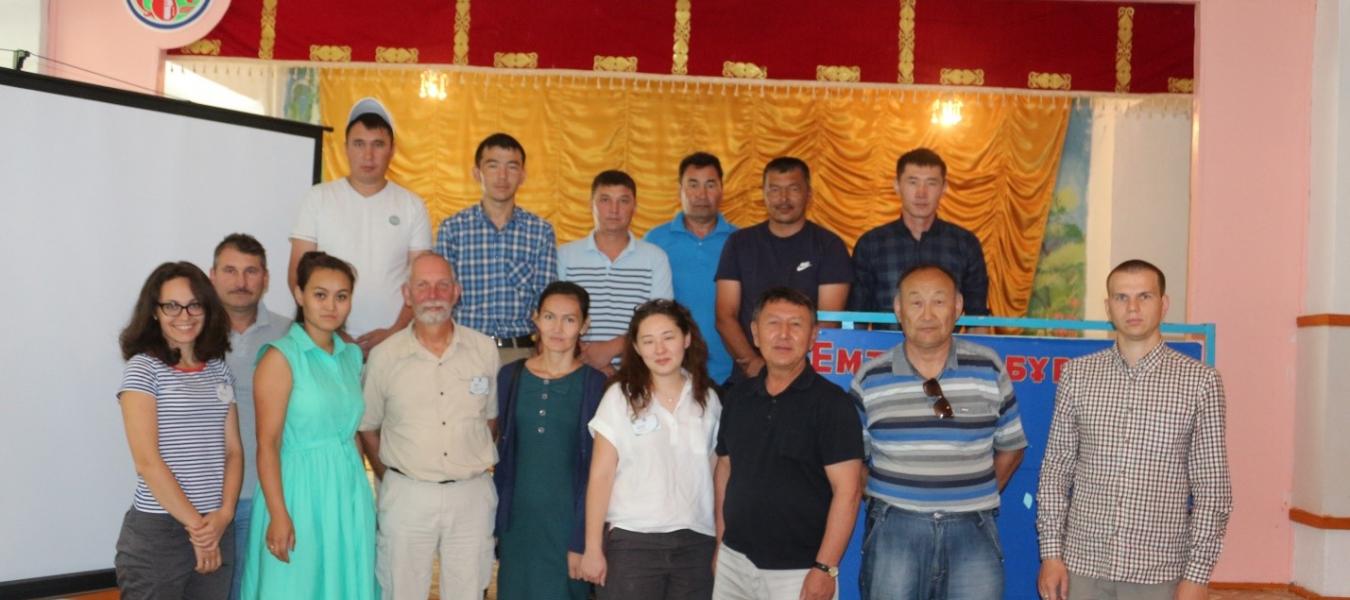
A workshop discussing the issues of saiga conservation in Kazakhstan
Alyona Krivosheyeva, Association for the Conservation of Biodiversity of Kazakhstan,
The Association for the Conservation of Biodiversity of Kazakhstan held an international workshop in Astana on 5-6th April 2016, to discuss saigaconservation in Kazakhstan, supported by the Committee for Forestry and Wildlife, Ministry of Agriculture, as part of the Altyn Dala Conservation Initiative. The workshop was attended by saiga experts from Kazakhstan and other countries; the Committee for Forestry and Wildlife, Okhotzooprom, Centre for the Study of Dogs, Committee for State Revenue, Ministry of Finance,, Research Institute for Biological Safety Problems, Altyn Dala State Nature Reserve, Irgiz Turgay State Nature Reserve, Frankfurt Zoological Society, Royal Society for the Protection of Birds, Flora and Fauna International and the Royal Veterinary College.
Participants heard reports about saiga protection and monitoring in Kazakhstan; conservation challenges; using dogs to control the illegal trade in saiga horns (ling yang, 羚羊); anti-poaching actions in Zimbabwe; using the SMART programme for effective patrolling; and results of field and laboratory studies as part of the investigation into the mass die-off of the Betpak-Dala saiga population in 2015.
Working groups discussed the current situation for saiga conservation in Kazakhstan, highlighting strengths and weaknesses. Suggestions were put forward to improve saiga conservation actions and enhance anti-poaching. Discussions included both high-level decision-makers and local conservation officials. Saiga disease was given special consideration; discussions included carrying out continuous monitoring of saiga population health, including routine blood sampling, and actions to be performed at the first signs of disease. A resolution was adopted based on the discussion, divided into 8 large sections consisting of 56 activities. In particular, the following important issues were included in the resolution:
- development of a training programme to improve the professional skills of wildlife protection officers;
- assistance in organising training courses in CITES procedures and in the design of guidance for customs and border protection services;
- improvement of the programme using dogs to identify saiga derivatives, both at state borders and inside the country;
- introduction of initiatives to develop alternative sources of income for local people;
- further development of a programme aimed at raising the awareness of local people and educating schoolchildren in villages (using up-to-date information sources);
- finalising of the Standard Operating Procedures to ensure a quick response to disease outbreaks in saiga populations and their approval by an authorised body;
- carrying out systematic epidemiological monitoring during the calving period and when capturing saiga (when taking blood samples).
